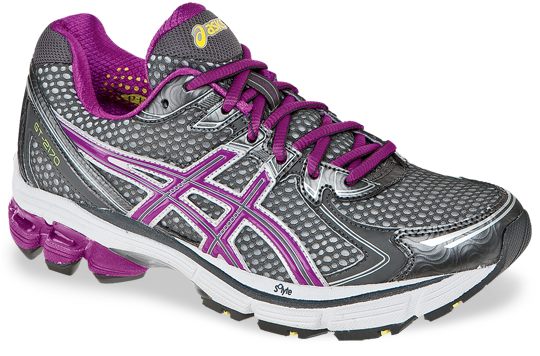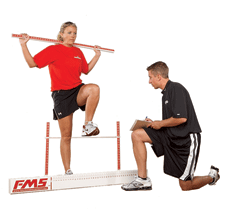 Minimalist running shoes are rapidly becoming more popular and almost ubiquitous. What is a minimalist shoe, why would someone wear them, and are they right for you?
What is a minimalist shoe?
Minimalist running shoes are rapidly becoming more popular and almost ubiquitous. What is a minimalist shoe, why would someone wear them, and are they right for you?
What is a minimalist shoe?
Any shoe that prioritizes the following qualities can be considered minimalist.
Comfort – Anatomical fit allowing for widening of the foot.
Cushioning – Minimal cushioning to increase the foot's ground feeling.
Ramp – Minimal outsole ramp (height difference between heel and toes) to minimize the interference between the foot and the ground.
Flexibility – Maximal flexibility to encourage the foot's natural movements and flexions.
Stability – Least possible amount of plantar arch support and pronation control devices.
Lightness – Lighter is better!
Tons of examples with descriptions can be found here. “Transitional” shoes, mentioned later, are also included in the list.
Why would someone want to wear a minimalist shoe and not a 'conventional' running shoe?
Conventional running shoes have the opposite qualities of a minimalist shoe. Anyone who's interested in running in a way that is LESS influenced by a shoe should consider wearing minimalist shoes. Conventional shoes reduce your perception of where the ground is and reduce immediate consequences to bad running form.
Conventional shoes allow people to run farther than they should or could otherwise. What's wrong with that, you ask? I know, running farther and faster sounds great - until you realize that there's a cost to that proposition. By not earning your miles the authentic way through slow steady adaptation, you're potentially just reinforcing compensations that will show up as injury down the road. It's a tough sell, I realize. Most people aren't that patient... until they're injured 5-6 times.
But guess what? If you decide to go minimalist, you can't just be a minimalist during the part of the day that you're running. No, you have to embrace the concept. Wearing high heels to work or a pair of Nike Shox shoes to go shopping conflicts with what you're trying to accomplish with your running. The point is to move naturally, without constraints.
(And PS: stop lifting weights with conventional running shoes! When standing, they screw up your alignment by pitching your weight forward and prevent you from fully activating your glutes during classic, effective exercises like deadlifts and lunges. Yeah, that's a total pet peeve of mine)
So are minimalist shoes right for YOU?
Yes. Start by wearing them to simply stand and walk around. Your heels may not be used to being so close to the ground. Your calves may not have stretched so much recently. Your feet may have atrophied, having been coddled for so long. Your intrinsic foot muscles may have lost coordination. You need time to adapt to this new way of being.
Yeah, but should I run in them?
Yep! But, you should start with a type of shoe that is being called a transitional shoe. In other words, start with a shoe that has more minimal qualities than your current shoe. Instead of being pancake flat or “zero drop” they have 8-10mm of heel-toe drop. The Saucony Kinvara is an example of a transitional shoe. Fyi, conventional trainers have a 12-15mm difference in heel height to forefoot height.
Allowing your foot and the rest of your body to move naturally and without constraint is a major change. You may think it feels great, but trust me, there are lots of adaptations that will take place. Be incredibly patient.
Running in minimalist shoes will automatically reduce the tendency to overstride, the most offensive, but unfortunately common running form error there is. Ew, I get all creeped out just thinking about it. In transitional shoes you can still overstride, but with less bulky heel in the way you're headed in the right direction.
Final Point – Maybe it's NOT the shoes?
Although each person is unique and brings their own set of issues to their run, most people would do well to gradually and progressively move away from bulky, elevated heeled shoes.
Now a word about those “issues”.
Think about when you've experienced a running injury. Was it on one side of the body or both sides?
Most likely one side, right? Left achilles', right knee, or right shin, etc...
So how can you blame the shoes? You're not wearing two different pairs of shoes!
The answer is that it's your imbalances and dysfunctions that caused the one-sided issue. Sorry, can't totally blame the shoes on that one.
I will just add that in my experience, people who develop knee pain bilaterally at the same time are probably ramping up their mileage and overstriding every step of the way.
It's tough to over-stride for any appreciable length of time while barefoot. Your heel would start hurting and you'd auto-correct that pretty quick. Since barefoot may be impractical, grab a pair of minimalist trainers and off you go!
Bonus shoe info!
If you're a total shoe geek like me, then you may enjoy the following video. It features Blaise DuBois, an independent researcher, speaking to an audience made up of shoe retailers. The goal of the conference was to inform retailers so they can better serve their customers. This is the first in a lengthy five part video series.
(Part 3 was especially entertaining as the independent researcher debates with an ASICS researcher. Oooh, scandalous!)
So, have you tried running in minimalist shoes yet? What's been your experience?


